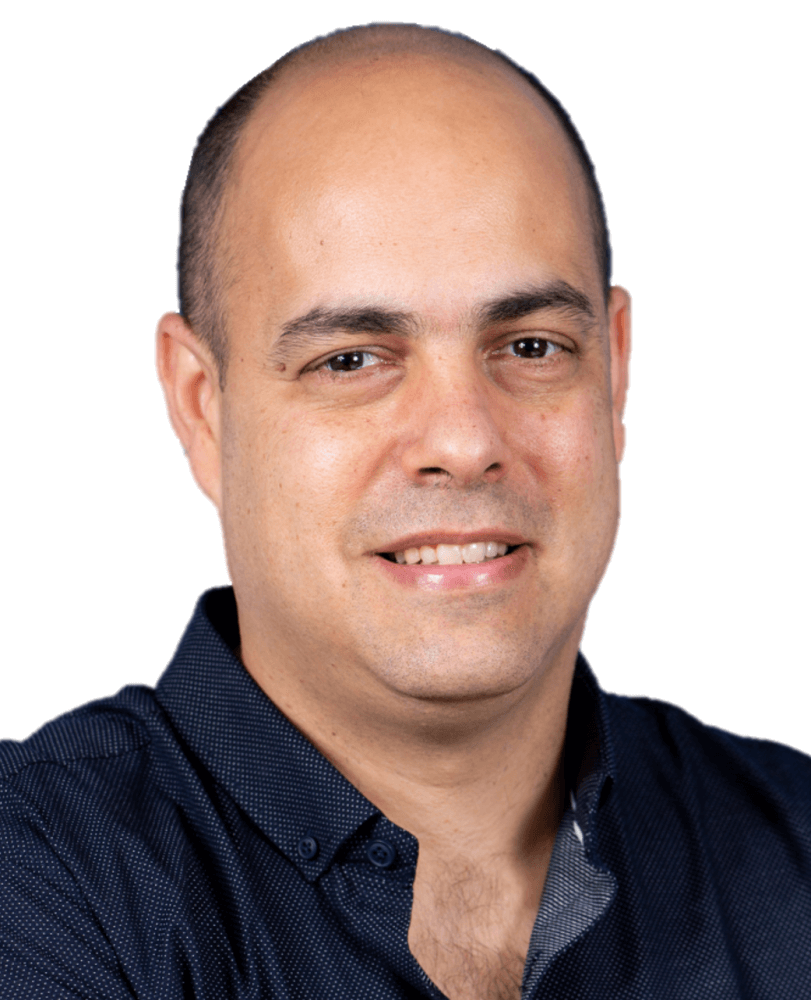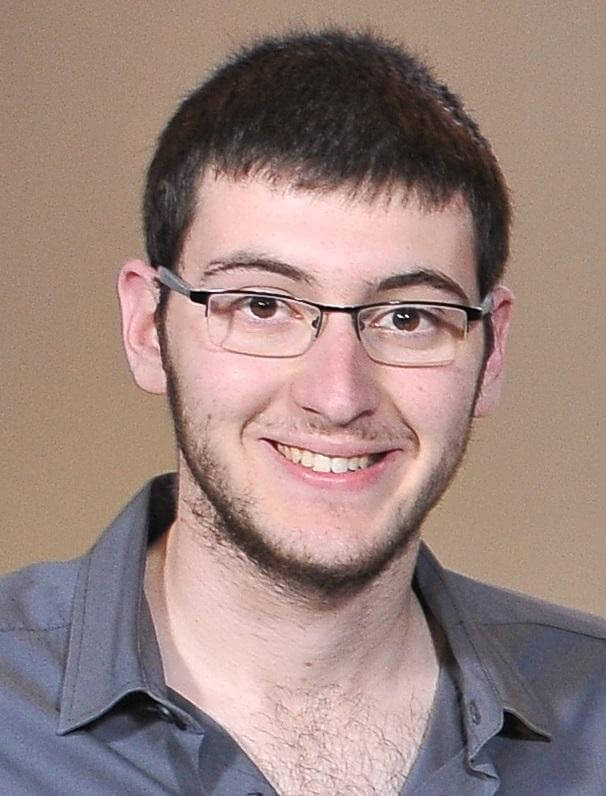Led by doctoral student Mamon Safdi and Professor Yaron Bromberg from the Hebrew University, an experiment was carried out that demonstrates for the first time a substantial advantage in characterizing materials using entangled photons over classical light. The experiment published in the prestigious journal Nature Physics measured the light from entangled photons that were backscattered from a non-static scatterer. The results of the experiment showed that entangled photons reduce the measurement error by four times than non-entangled light, thus breaking the Kramer-Rao barrier for classical light. The experiment has many practical implications in the characterization of materials and biological tissues for medical needs.

In the modern era, humanity has learned to make wide use of light and its properties. Besides the ability to light our way in the dark, under the right conditions light can cut metals, fix vision, heal the skin, broadcast the favorite series on Netflix, send emojis to friends and even characterize supernova explosions in space and atmospheres of distant planets. Although light is one of the most studied objects in science, new discoveries continue to be made every day around the world. The study of light took off significantly with the development of quantum mechanics which gave light particle properties. In recent years, scientific discoveries have been translated into applied technologies that take advantage of untapped quantum properties. One of them is quantum entanglement, which my three sons-in-law won Nobel Prize in Physics for 2022. This is a phenomenon that has no classical counterpart and is therefore not intuitive. The phenomenon is so unusual that it managed to confuse Albert Einstein, the father of relativity and the developers of quantum mechanics. In general, quantum entanglement binds the fate of particles, so that a single measurement on one of them, determines the entangled properties of the other particles instantly, even if they are light years away from each other. One of the interpretations of quantum entanglement assumes that the entangled particles behave as one body and that nature is not local. Locality means that the impact of bodies on each other moves at a speed that is not greater than the speed of light and does not occur instantaneously.
In recent decades, high-tech companies, large and small, have been taking advantage of the strange properties of quantum entanglement to develop exotic technologies such as a quantum computer, quantum encryption, quantum radar and more. Now, researchers from the Hebrew University, led by Professor Yaron Bromberg and PhD student Mamon Safdi have found another use for quantum entanglement of light particles (photons). in the article they published In the prestigious journal Nature Physics, the researchers showed that in the optical process called coherent backscattering, the entangled photons give a more accurate result for the free course of light in the diffuser.



On coherent backscattering using classical light and entangled photons
When light penetrates a liquid or gaseous medium, it scatters as a result of collisions between the particles of the material. Most of the time the light will advance into the medium, at varying angles, but sometimes the light can also go back. It turns out that the highest illuminance from this effect, known as coherent backscatter, is observed at zero angle, that is, directly back to the light source. In a study by Safdi and Bromberg, the researchers showed that this property is also preserved with entangled photons. In order to prove this claim, the researchers had to overcome many technical challenges, chief among them the use of a dynamic scatterer (that is, a scatterer that consists of particles moving in space, which are not static) that easily destroys the entanglement of the photons.
The researchers produced another significant result after studying the backscattering profile of the light, thanks to the fact that it changes depending on the type of material and its properties. Physicists quantify the scattering intensity of light with the help of its free movement. This parameter quantifies the average distance that light travels freely until it collides with some particle. The denser the material, or the larger the particles of the material, the shorter the free path of the photon.
It turns out that the free movement can be characterized by the intensity of the illumination scattered back at different angles. In the paper by Safdie and Bromberg, the researchers showed that the free motion of light can be deduced more accurately from the intensity of coherent backscattering of entangled photons, compared to light that behaves completely classically. The accuracy of the measurement was four times that of previous experiments carried out using classical light, thereby breaking the Kramer-Rau barrier for classical light, which describes how accurately physical quantities can be measured. This barrier shows that high resolution is produced from light with a short wavelength. Therefore, the researchers hypothesize that the barrier is broken because entangled photons behave like light with half their classical wavelength.
Safdi and Bromberg's research has many practical implications in characterizing the turbidity level of biological materials and tissues. The free movement is sensitive to a wide range of characteristics, such as changes in temperature, the concentration of materials and external stress conditions. With the help of the free course of light, it is possible to diagnose healthy tissues and those that are not functioning properly. Thanks to the improvement in accuracy, a more reliable test can be performed and wrong diagnoses can be avoided.
Doctoral student Mamon Safdi adds: "The classic phenomenon of coherent backscattering is based on coherent light that illuminates a scattering medium in a certain direction. Although the phenomenon has been studied for decades with different mediators, few have looked at what happens when the source is replaced rather than the mediator. The fact that the phenomenon is also observed with entangled photons is quite surprising, since such a light source has no defined directionality. The pairs of photons illuminate the medium from many different angles."
Professor Bromberg stated to us that the project began with the researchers' curiosity to understand the behavior of light and its quantum properties - "We started working on this project simply out of curiosity to find out what happens to entangled photons when they are scattered in turbid assemblages. Happily, while working, we discovered that not only does the entanglement lead to interesting quantum states of the scattered photons, it can also improve the accuracy of the measurement of the properties of the material. At first this surprised us because we expected the scatterings to blur the quantum advantages of entangled states, but with the help of our partners from the Langevin Institute in Paris and the University of Southern California, we were able to show that this is due to the statistical properties unique to entangled photons.''
to read the article click here
Do you have a question or topic you would like me to write about? Contact me at noamphysics@gmail.com
